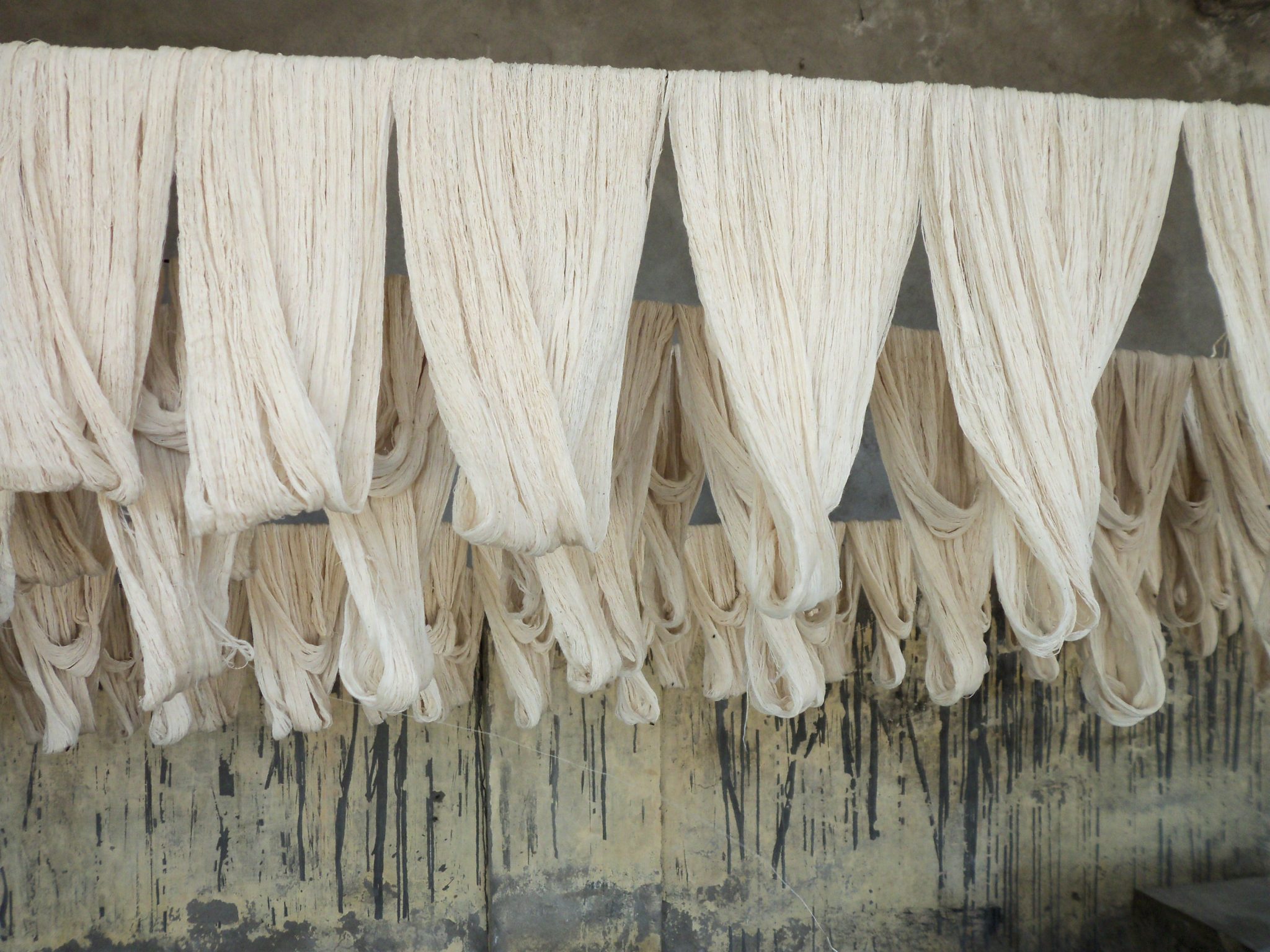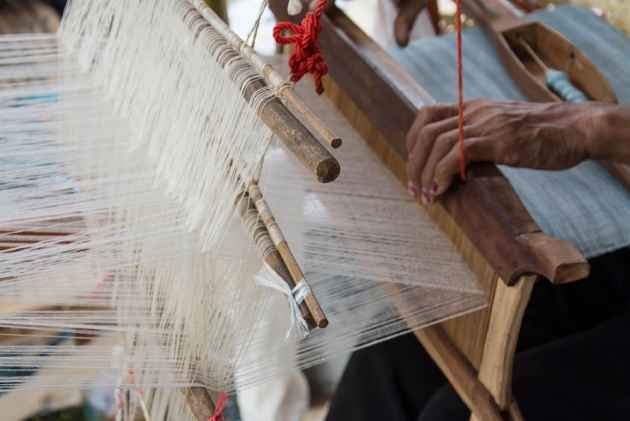Wear Khadi, The Game Changer In Fashion
Back in time
The Indian Independence movement is the very first thing that comes to our minds when we hear the word Khadi. But the history of Khadi fabric dates back to the Indus Valley Civilization. It is believed that people of the Indus valley civilization had a very developed textile culture. Proof of the same has been recovered through
murals and at some of the ruins in Cairo.
Rivalries
Khadi gained prominence during the Indian nationalist movement. When India was neck-deep preparing for its nationalist movement, the Brits started flooding the Indian market with cheap (yet vibrant) textile produce; trickily enticing buyers to steer away from their home produce. This, in turn, robbed the villagers of their livelihood. Gandhi took the initiative toward fostering the ‘Swadeshi’ movement, in the attempt of reviving the glory of the fabric.

[Image Courtesy: The Dollar Business] The Spinning Wheel
Industrialization hazards
However, in the post-independence era, with extensive industrialization the fabric started losing its importance. Buyers had an impressive array of fabrics to choose from. As researches advanced on the aspect of ecological well being, it was learnt that the fashion industry produced maximum waste. The wastage continues to grow at an alarming rate, compelling manufacturers to sit back, and re-think ways of altering their produce to accord to the environment. Efforts taken by environmental conservationists to lobby the effects of a depleting environment are efficacious indeed. This has also compelled buyers to re-think their choice of fabric.
KVIC
In lieu of all that was being pushed out in the media, the ecologically conscious bandwidth of people immediately took to green or organic fabrics, Khadi being one of them. On witnessing the overwhelming response, KVIC (Khadi Village Industries Commission) have taken it in their stride to expand the market. They have even provided finances in the rural areas to ensure increased production in order to cope with the growing demands, both in India and overseas. Prison inmates have also been given a chance at producing the fabric. Profits earned from the manufacturing of the fabric are then deposited into the inmate’s bank account. The amount earned helps them in re-starting their life upon their release from prison.
They did so by using three prominently new mediums including,
- Taking to the e-commerce route. The tie-ups with Amazon and Flipkart have proved to become beneficial in the recent times. This enables the textile to reach the lesser-known pockets in India. At present there are 10 Khadi inclined products available on Amazon, the vision is to scale up the product line bringing in 40 more khadi products to sell on these e-commerce portals.
- They have tied up with some prominent textile players of the likes of Raymond to plum the sales of the fabric.
- Participating in international expositions in order to witness the fabric being well received overseas as well.
In the recent turn of events, the KVIC takes it in their stride to be the ONLY body to trademark the sale of Khadi domestically and overseas as well. The move is a massive one as it has upset quite a few foreign textile brands, who brought the fabric from India and would trademark the same and put it up for resale.

[Image Courtesy: Indian August] Khadi in making
Khadi Today
The fabric today acquires a whole new meaning as Khadi now has variables and is created in both
wool and silk blends. The fabric is adorned on a number of occasions including casual and formal. The revival efforts are wonderful indeed. There is more research being done on the fabric, to make the same acceptable across circles.
For more interesting content and interviews, follow our online digital magazine
BananiVista. You can also “Like” and “Follow us” on
Facebook.





 [Image Courtesy: The Dollar Business] The Spinning Wheel
[Image Courtesy: The Dollar Business] The Spinning Wheel
 [Image Courtesy: Indian August] Khadi in making
[Image Courtesy: Indian August] Khadi in making